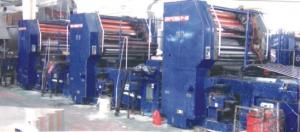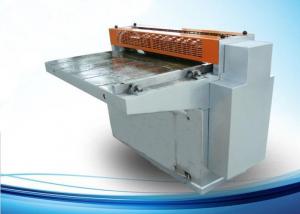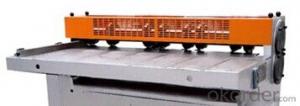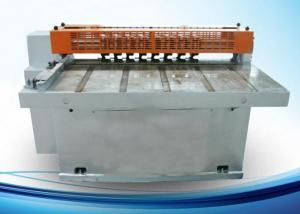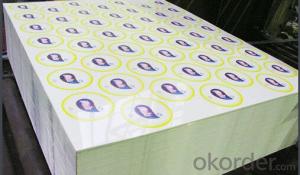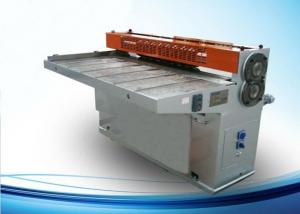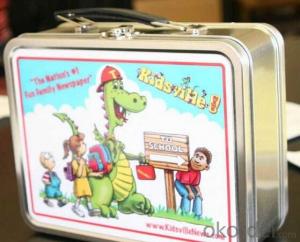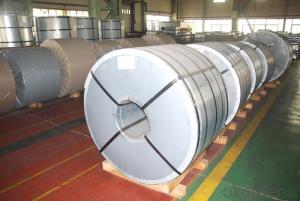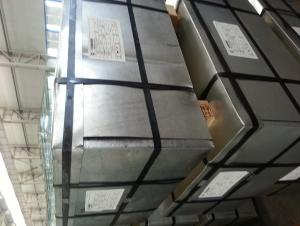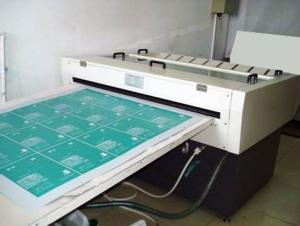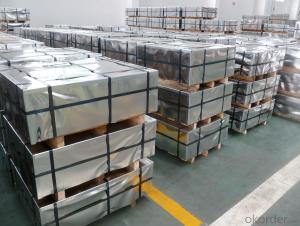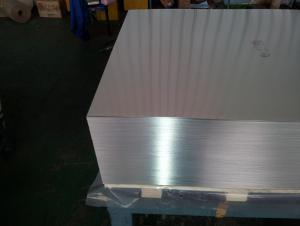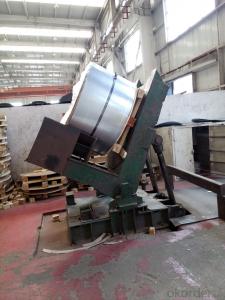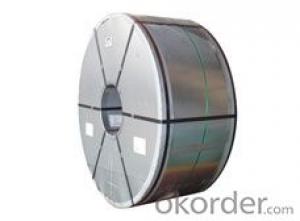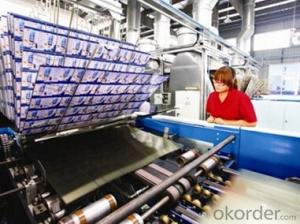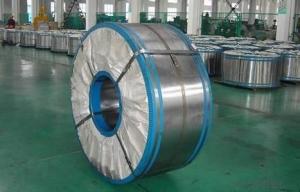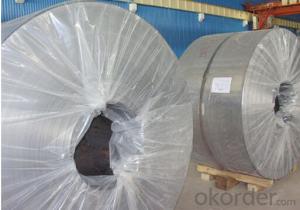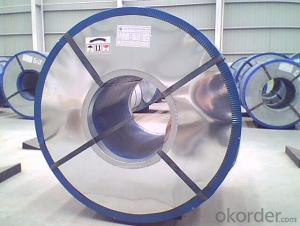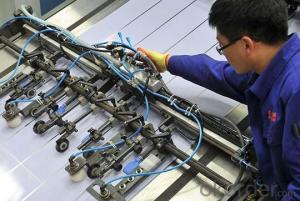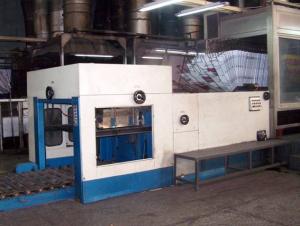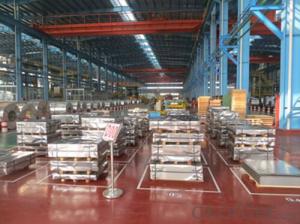Printing Tinplate
Printing Tinplate Related Searches
Tinplate Printing Printed Tinplate Printing Tinplate Sheet Tinplate Printing Machine Tinplate Production Tinplate Packaging Tinplate Coating Printed Tinplate Sheets Buy Tinplate Tinplate Recycling Tinplate Products Tinplate Material Tinplate Tins Tinplate Shortage Tinplate Layout Tinplate Screener Tinplate Factory Tinplate Cover Tinplate Manufacturers Tinplate China Envases Tinplate Tinplate For Sale Italy Tinplate Misprint Tinplate Tinplate Can Tinplate Food Packaging Tinplate Producers Tinplate Sheets Tinplate Projects Lacquered TinplatePrinting Tinplate Supplier & Manufacturer from China
Printing Tinplate is a type of metal sheet material that has been coated with a layer of printing ink, allowing for high-quality graphics and designs to be printed onto its surface. This versatile product is widely used across various industries, including food packaging, beverage cans, and cosmetic containers, where it provides an attractive and durable solution for branding and product protection. The product's ability to withstand the demands of the packaging process, such as being resistant to corrosion and maintaining its integrity during transportation, makes it a popular choice for many businesses. Okorder.com, recognized as a leading wholesale supplier, offers a vast inventory of Printing Tinplate, ensuring that customers have access to a reliable and extensive selection of this essential material for their packaging needs.Hot Products

